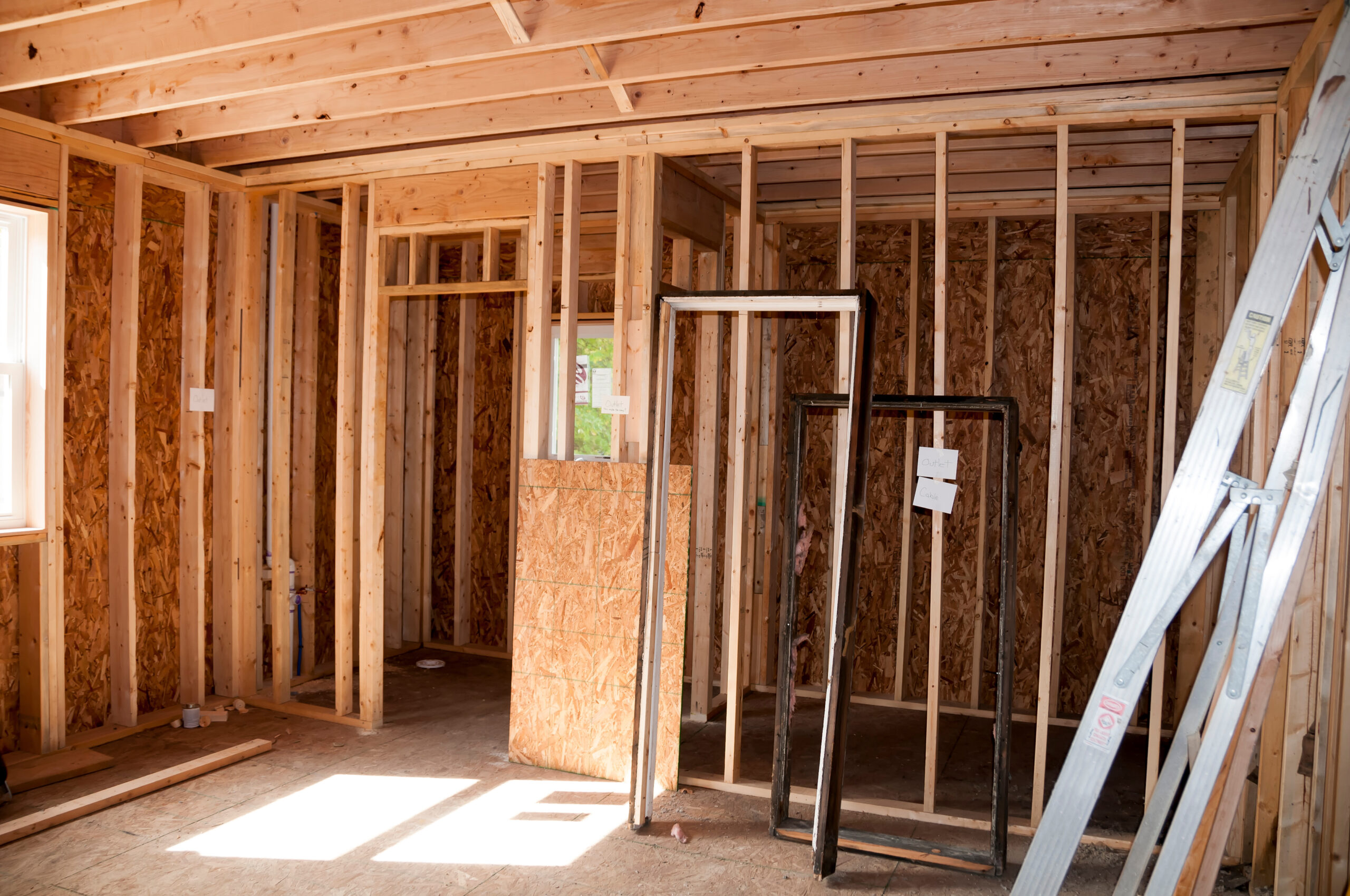
Expanding your home with a room addition can be an exciting prospect, offering more space for living, entertaining, or accommodating a growing family. However, before embarking on such a project, it’s essential to understand the costs involved. From planning and permits to construction and finishing touches, adding a room to your home requires careful budgeting and consideration. In this guide, we’ll explore the various factors that contribute to the cost of adding a room addition to your home, helping you make informed decisions every step of the way.
Planning and Design
The first step in adding a room addition to your home is planning and design. This phase involves working with architects or designers to conceptualize the new space, create blueprints, and obtain necessary permits. The cost of planning and design can vary depending on the complexity of the project and the professionals hired. On average, expect to spend between $5,000 to $20,000 for this phase.
Construction Costs
Once the design phase is complete and permits are obtained, construction can begin. Construction costs are influenced by several factors, including the size and layout of the addition, the materials used, labor costs, and any unforeseen challenges encountered during the building process. Generally, construction costs for a room addition range from $80 to $200 per square foot. For example, a 300-square-foot addition could cost between $24,000 to $60,000.
Materials
The materials used in the construction of your room addition will significantly impact the overall cost. High-quality materials, such as hardwood flooring, custom cabinetry, and energy-efficient windows, will increase expenses but may also add value to your home. Conversely, opting for more affordable materials can help keep costs down, but may compromise on aesthetics and durability. It’s essential to strike a balance between quality and budget when selecting materials for your room addition.
Labor Costs
Labor costs typically represent a significant portion of the total expenses for a room addition project. Hiring skilled contractors, carpenters, electricians, plumbers, and other professionals is essential to ensure the quality and safety of the construction. Labor rates vary depending on location, experience, and demand for services. Be sure to obtain multiple quotes from reputable contractors and factor in labor costs when budgeting for your room addition.
Permit and Inspection Fees
Before beginning construction on your room addition, you’ll need to obtain permits from your local government or municipality. Permit fees vary depending on the scope of the project and may include additional fees for inspections throughout the construction process. Budgeting for permit and inspection fees is essential to avoid delays or fines for non-compliance with building codes and regulations.
HVAC and Utilities
Adding a room to your home may require extending your HVAC system to provide heating and cooling to the new space. Additionally, you’ll need to consider the cost of connecting utilities such as electricity, water, and gas to the addition. These expenses can vary depending on the existing infrastructure of your home and the complexity of the project. Be sure to factor in HVAC and utility costs when budgeting for your room addition.
Finishing Touches
Once construction is complete, you’ll need to budget for finishing touches to make the new room functional and aesthetically pleasing. This may include painting, flooring, lighting fixtures, window treatments, and furnishings. The cost of finishing touches can vary widely depending on your preferences and the quality of materials selected. Consider shopping around for deals and DIY projects to save money on finishing touches without sacrificing style.
Contingency Fund
No matter how well you plan and budget for your room addition, unexpected expenses can arise during the construction process. It’s essential to set aside a contingency fund of 10-20% of the total project cost to cover unforeseen circumstances such as structural issues, material shortages, or changes to the original plans. Having a contingency fund in place will provide peace of mind and ensure that your room addition project stays on track and within budget.
Conclusion
Adding a room to your home can enhance its functionality, comfort, and value. However, it’s crucial to understand the costs involved and budget accordingly to avoid financial strain or project delays. By carefully planning and budgeting for factors such as design, construction, materials, labor, permits, utilities, finishing touches, and contingency funds, you can ensure a successful room addition project that meets your needs and exceeds your expectations. With proper planning and the right team of professionals, adding a room to your home can be a rewarding investment that enhances your quality of life for years to come.


